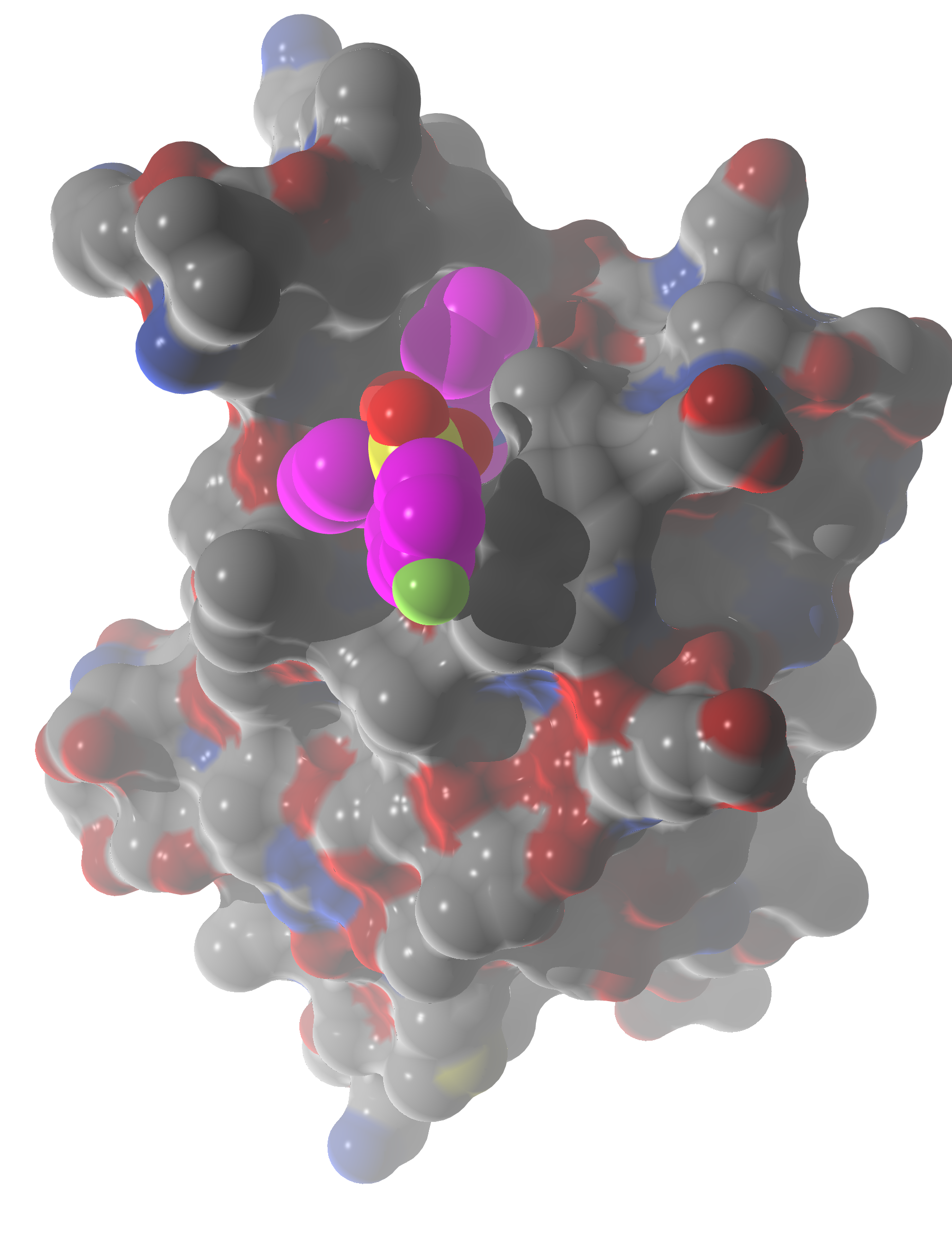Drug Discovery
Background and Context
Small molecules offer a vast space for molecular design. Pharmaceutical chemistry tries to either construct new small molecules for the treatment of human disease or to identify new pharmacological roles of known small molecules. Most often these molecules target proteins by binding to important sites on these much larger and flexible objects. This binding can interfere with the normal function provided by the protein in humans, which can have both beneficial and deleterious effects. Successful drug molecules need to interact with the protein or class of proteins they target in the live organism. Cross-activities lead to side effects and target specificity is an important consideration in drug development. Drug molecules also need to get to the relevant tissues and later be degraded and/or excreted safely.
Our Approach
We use a set of computational in-house tools to find novel pharmaceutical functions of existing small molecules or fragments thereof. Our tool for in silico screening of fragments is SEED, a software using an efficient approximation of the Poisson equation to calculate the electrostatic contribution to the free energy of binding in a fully rigid approximation (see Software Downloads). Other areas of current emphasis are to use an ABSINTH-based scoring function in flexible docking and receptor-guided virtual chemistry approaches, all accessible from an interactive, browser-based graphical user interface. Our tools go hand-in-hand with collaborative efforts, often for testing compounds in specific biological contexts, and with our own endeavors in organic synthesis, which have been launched in 2021, the primary goal in optimizing the pharmaceutically relevant properties of candidate molecules. Using the strategies outlined above, we have developed a number of highly active compounds targeting proteins important for the growth of malignant tumors. These include kinases, bromodomains, and epitranscriptomics targets.

